Love it? Buy it …
Chances are you won’t find another.
Battle Abbey Sussex Sterling Silver Floral Card Case, Circa 1850
$ 799.00
PRICES IN U.S. DOLLARS
This silver card case is a truly unique piece, featuring a raised image of Battle Abbey Sussex on the front and a beautifully crafted embossed and chased floral design on the reverse.
1 in stock
Description
Engraved “M.D.S.” in the lid crest on the floral side. While it is unmarked, a similar one with an identical scene marked ‘L&W’ for Leonard and Wilson of Philadelphia, circa 1850, is known. That said, its castle top design is more akin to those produced by Nathaniel Mills & Sons in England, which depicted European buildings and were equally revered.
This silver card case measures a compact 2.5 inches wide by 3.5 inches high and demonstrates the intricate craftsmanship of the era. Despite its small size, it weighs a substantial 1.40 troy ounces, indicating the high quality of the silver used. Its antique condition is immaculate, further enhancing its appeal to collectors and historians.
About Leonard & Wilson: The Leonard & Wilson firm of Philadelphia holds a significant place in the history of silverware. In the mid-1800s, they were renowned for making calling card cases with views of important American buildings.
About Nathaniel Mills & Sons: Nathaniel Mills & Sons were 19th-century Birmingham silversmiths and masters of their craft. Nathaniel Mills the Elder (1746–1843) was a partner in Mills & Langston, Northwood Jewellers, when he registered his first mark in 1803. In 1825, he registered his punch mark ‘N.M’ within a rectangle and began working with silver on his own. His castle-top silver vinaigrettes and visiting card cases, engraved with British landmarks and sold as souvenirs to tourists, were a testament to his skill and creativity. He became one of the most prolific Birmingham box makers at the time, a legacy carried on by his sons Nathaniel II, William, and Thomas.
After his demise, his sons Nathaniel II, William, and Thomas continued the family enterprise. They adopted innovations such as engine-turning, stamping, and casting and successfully ran the firm; most of the collectibles were made between 1840 and 1853.
Additional information
| Weight | .13 lbs |
|---|---|
| Dimensions | 3.5 × 2.5 × .385 in |
Only logged in customers who have purchased this product may leave a review.

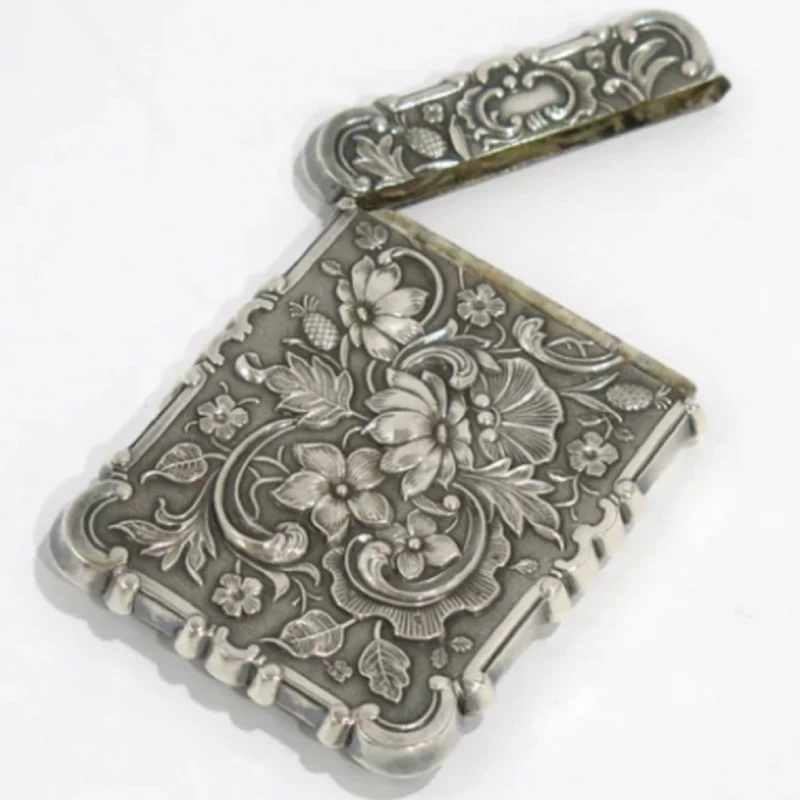


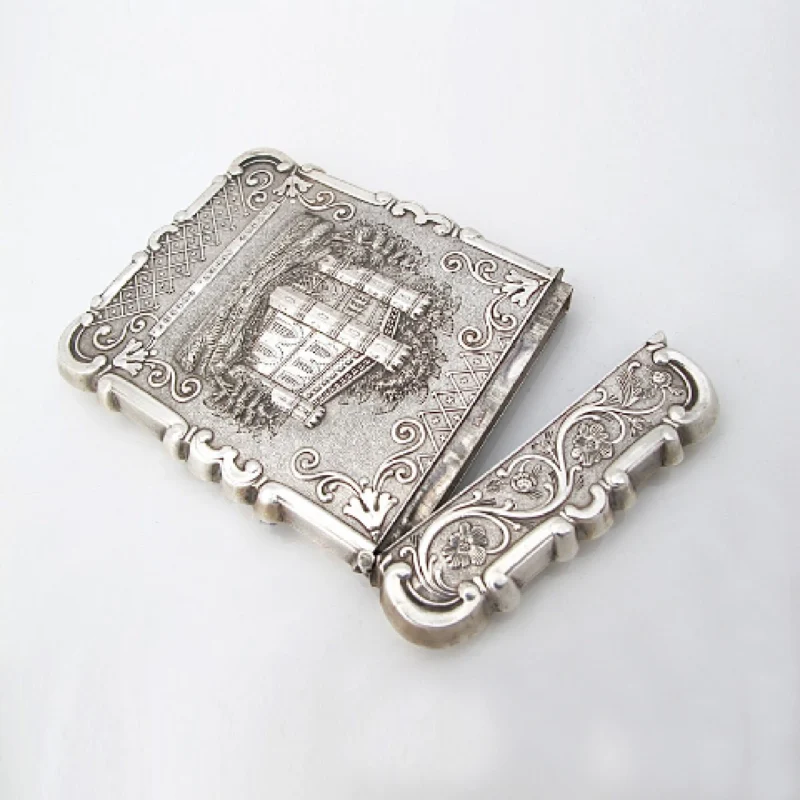
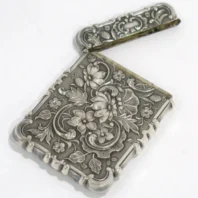
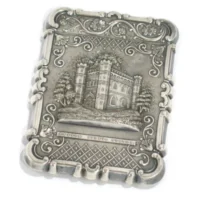
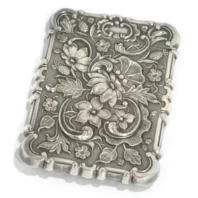

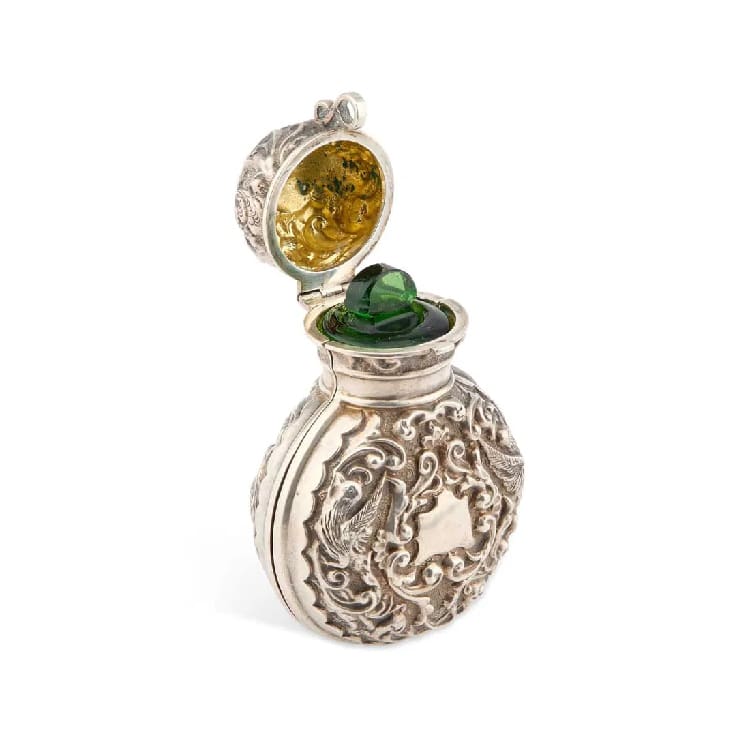
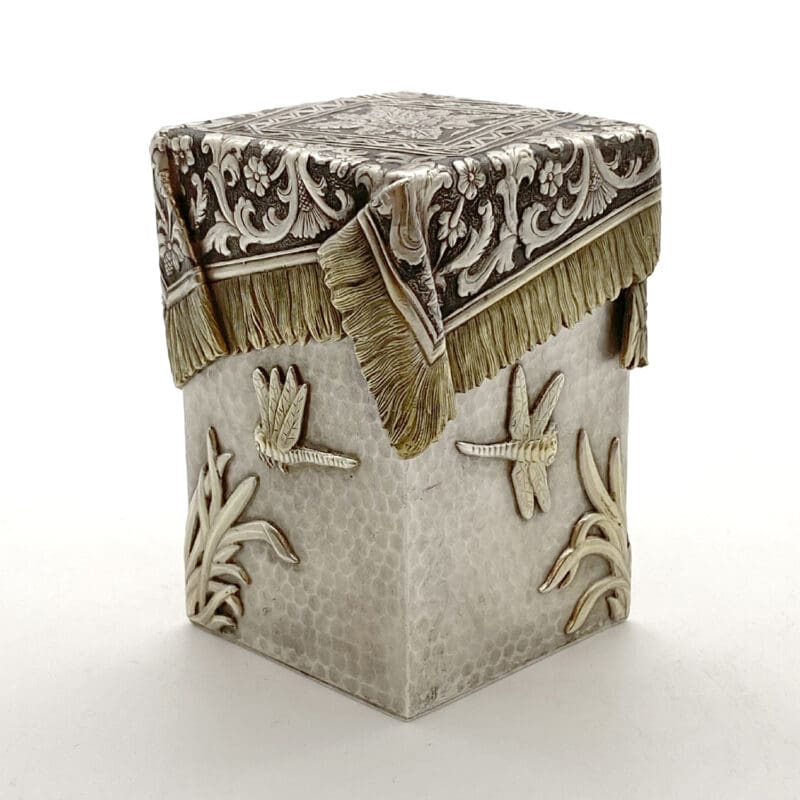


Reviews
There are no reviews yet.